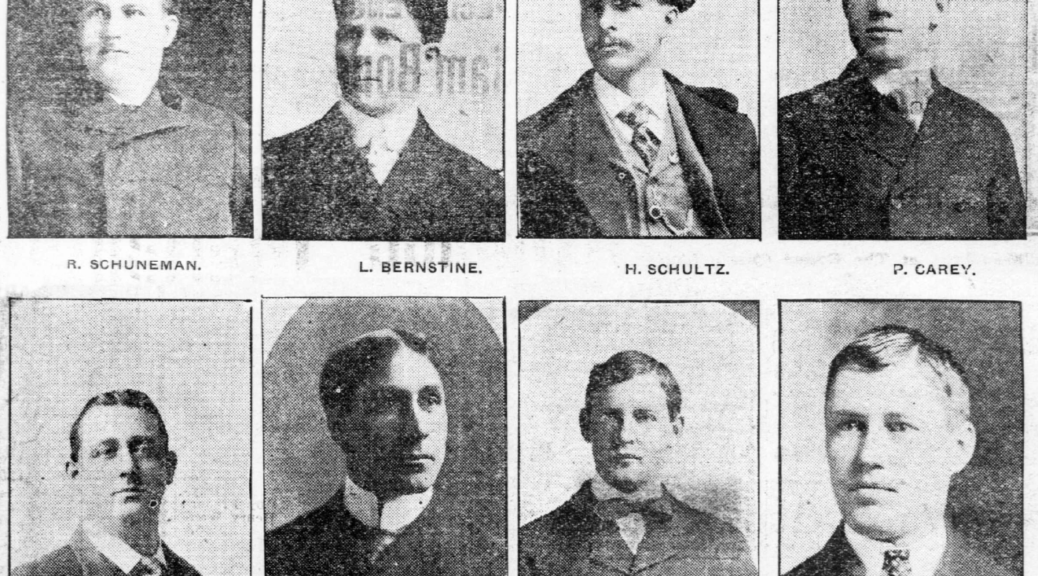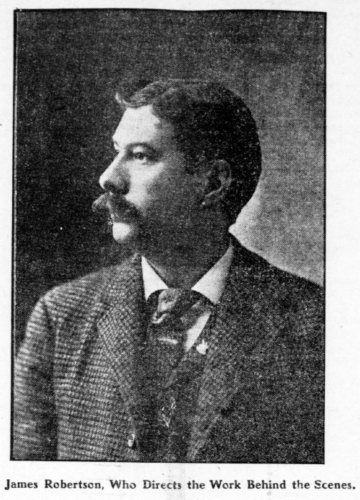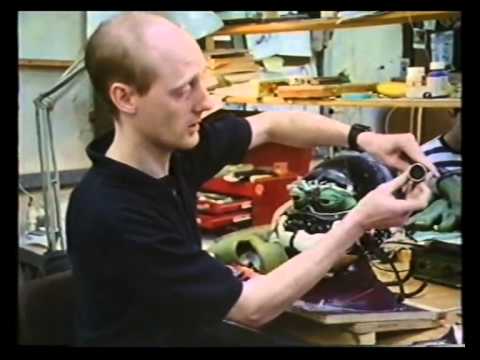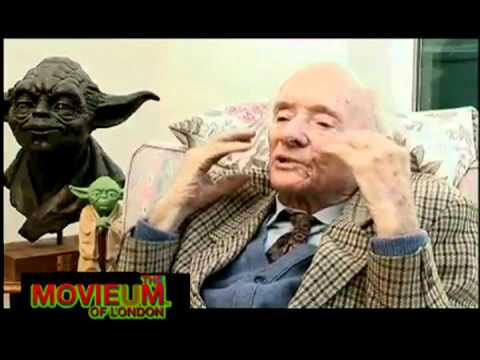Fake ‘n Bake: Ay-may! – It has been nearly four years since the Fake n’ Bake blog was regularly updated. That is about to change as the talented Aimee Plant takes over the site! Fake ‘n Bake has long been one of the go-to destinations for making fake food, and I am looking forward to learning some all new tips and tricks.
20 Secrets Behind the Scenic Designs for Wicked, Sweeney Todd, and More – Playbill looks at the design work of Eugene Lee and presents some of his early drawings, models, and renderings for his iconic sets. I count maybe a dozen secrets, so I don’t know where the other eight are. Still, it’s a great glimpse into the evolution of his work.
Polone: The Unglamorous, Punishing Hours of Working on a Hollywood Set – I’ve never worked on a film set, but a lot of my readers have. Fourteen to sixteen hour days are the norm, and it destroys the body, ruins relationships, and has even led to death. It seems insane to have such brutal working conditions in an industry with so much money.
When a stagehand gets hurt, who pays? – Speaking of bad working conditions, we’ve probably all worked at a company that wrongly paid us with a 1099 instead of a W-2. Besides the tax issues that arise, this also means the company is not covering you under their worker’s compensation insurance, so when you get hurt moving a large statue of Virgin Mary during a scene change, you’re on the hook for your medical bills. This article highlights some of the theatre workers fighting to change all that.
Below the Surface – The River Amstel in Amsterdam was recently pumped dry, and archaeologists were able to dig up over 700,000 objects that spanned several centuries worth of history. They have photographed over 11,000 of these artifacts and present them at this website. The objects range from contemporary gambling tokens to prehistoric pottery fragments.




